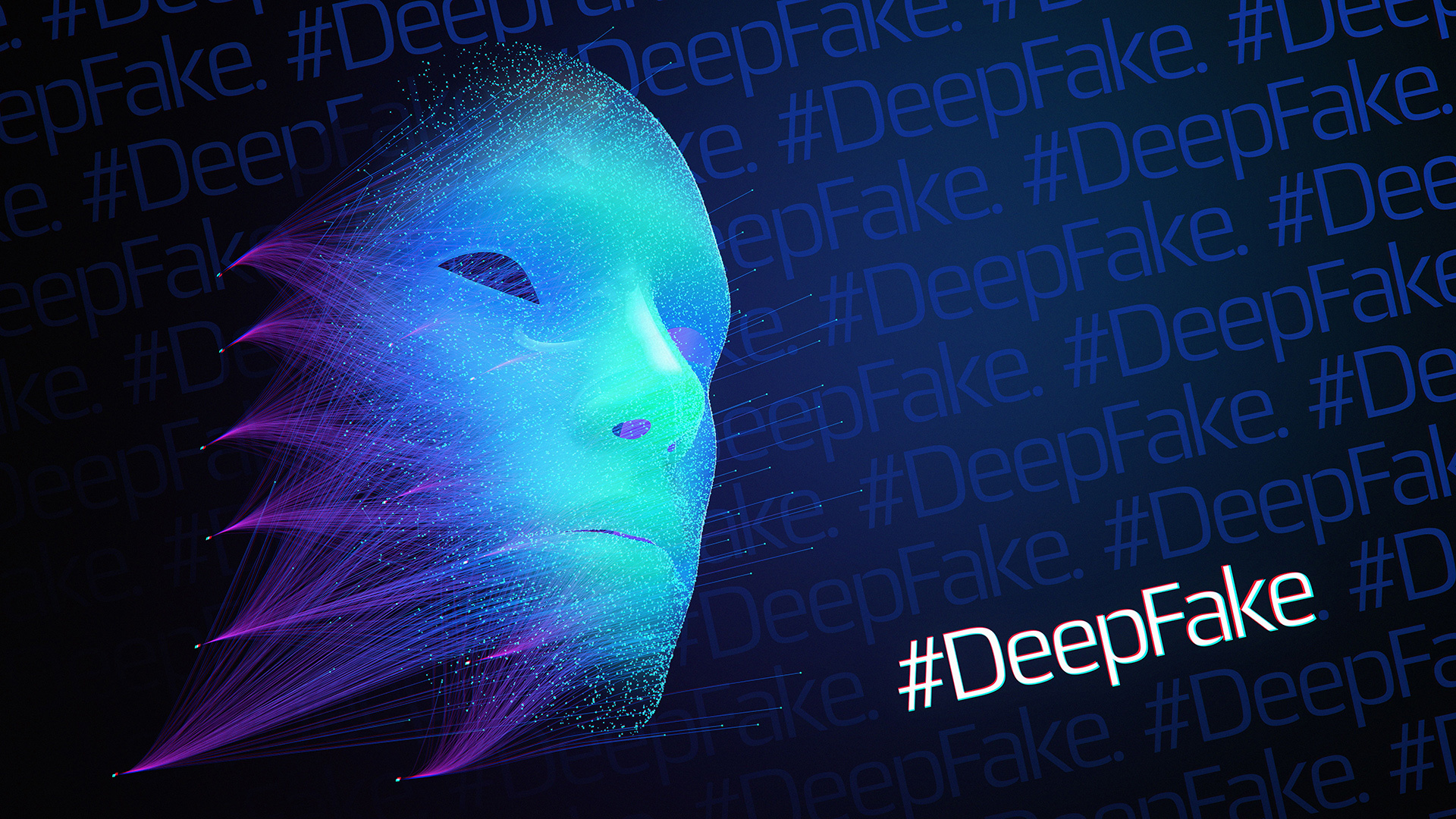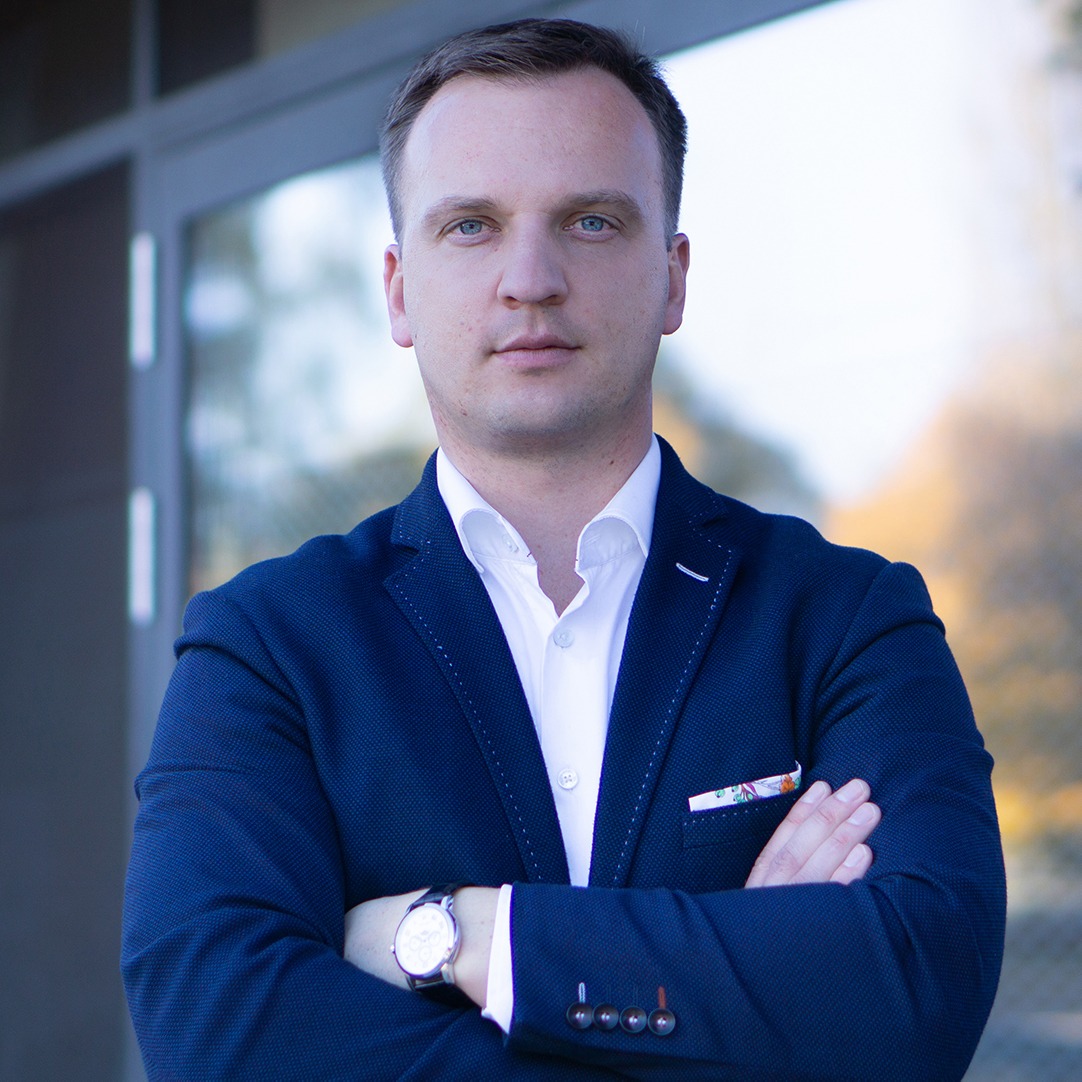Artificial intelligence is increasingly being used in many different areas, including the cultural sector. At present, the greatest benefits are seen in improving the process of digitising collections using artificial intelligence, so that better quality can be achieved at lower cost. However, the use of artificial intelligence in interactive applications is truly spectacular, opening up new opportunities for creators. Such solutions are slowly beginning to emerge, and among them particularly promising is Deepfake.
What is deepfake?
Deepfake is quite a popular technique used for image processing. It employs machine learning and artificial intelligence techniques to manipulate or generate visual and audio content. The popularity of deepfake stems from the incredible results that can be achieved. The films generated are deceitfully realistic and allow to create facial swapping of the people in the film that cannot be perceived by the viewer. There are many examples on the Internet where a person’s face and voice are swapped with someone else’s. The following video contains a short explanation and interesting examples of use:
YouTube – DeepFake Detector AIs Are Good Too!
Deepfake in a modern museum
Very often historical figures are only appreciated after death. It would be wonderful to be able to create an installation in the museum that would enable direct contact with such a person. Until recently, there was no way to do this, but thanks to artificial intelligence, what was impossible yesterday becomes possible today. Deepfake technology can assist in creating an installation in the museum where the visitor gets to know the historical figure ‘face to face’.
This is a very new technology, which is why only a few realisations using new possibilities had been implemented in the world. The exhibition in The Dali Museum in St. Petersburg, Florida, showing the figure of the famous artist is particularly worthy of mention. The experience is incredible; we especially recommend the fragment starting at 2:50:
YouTube – Behind the Scenes: Dali Lives
Summary
In museums you can very often see films with actors who are disguised as historical figures. Thanks to artificial intelligence, namely deepfake, we can go one step further and the historical character can be made extremely realistic, giving the visitor the impression of talking to a real person. We hope that this technology will be more and more popular in museums and that we will soon be able to implement interesting projects using deepfake.





